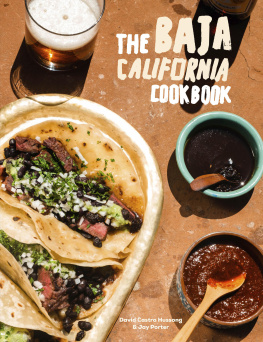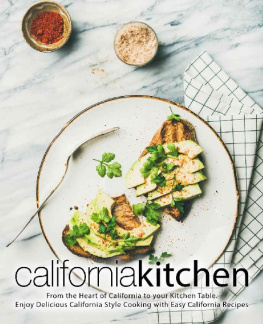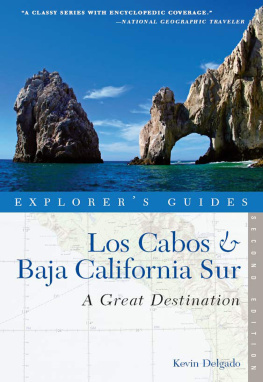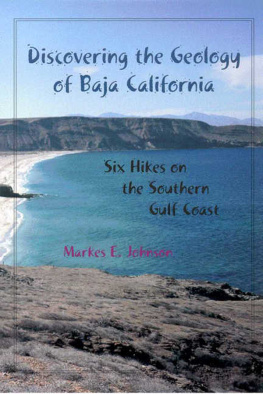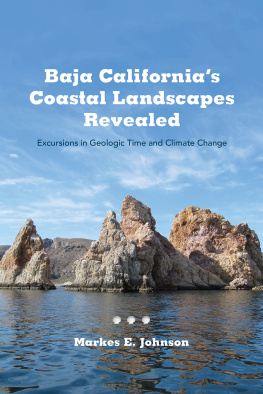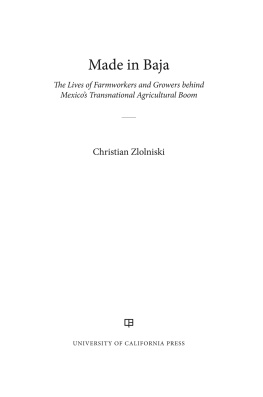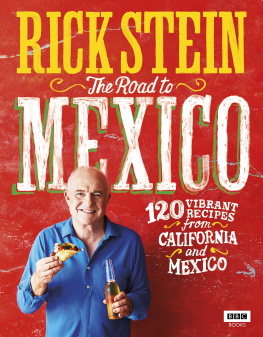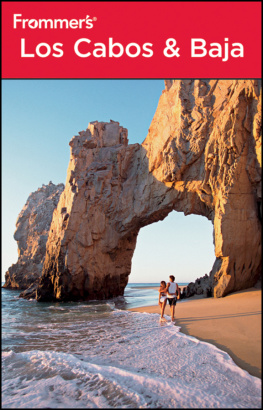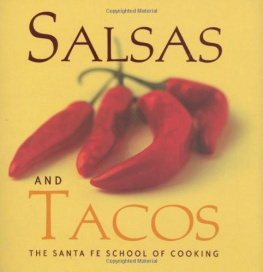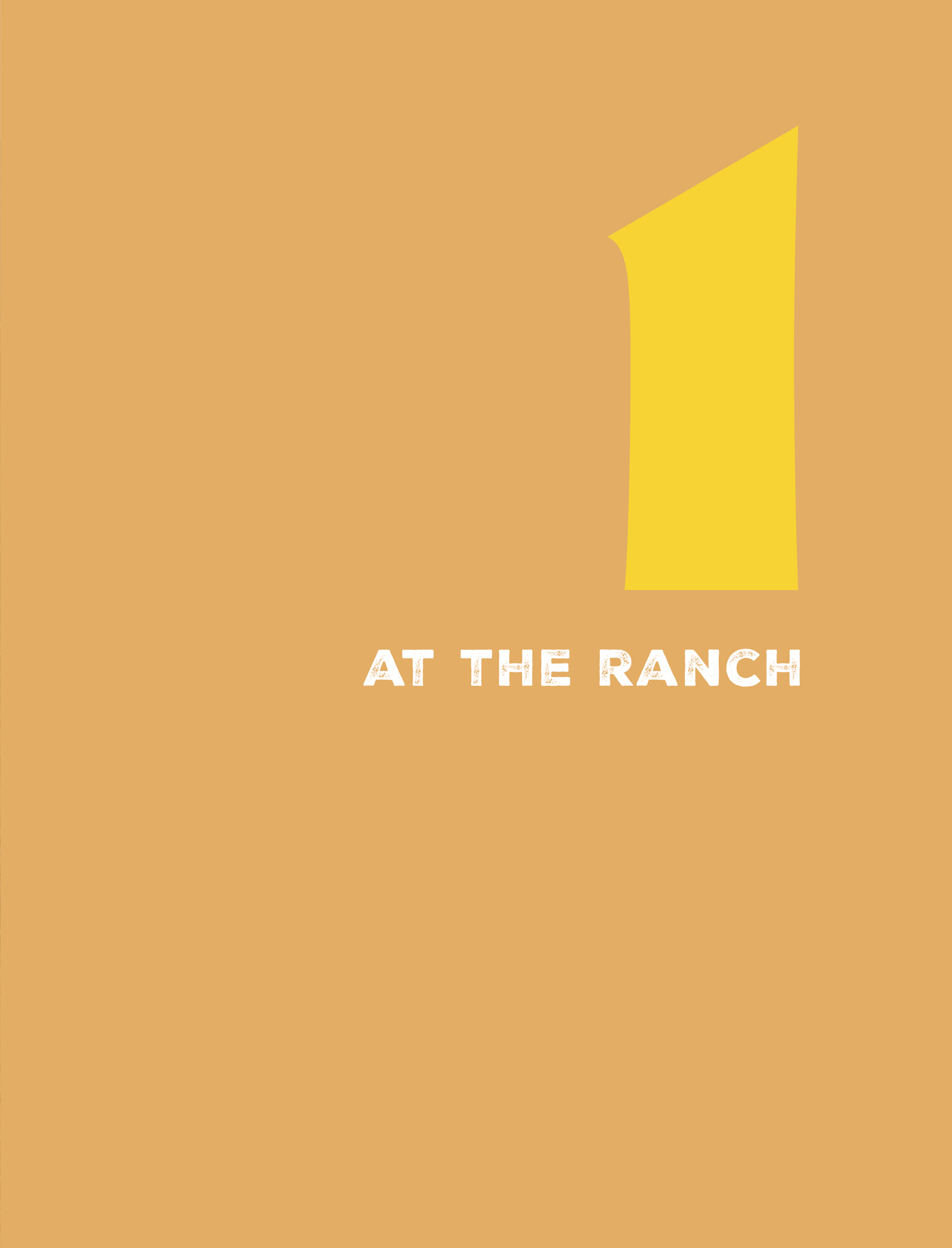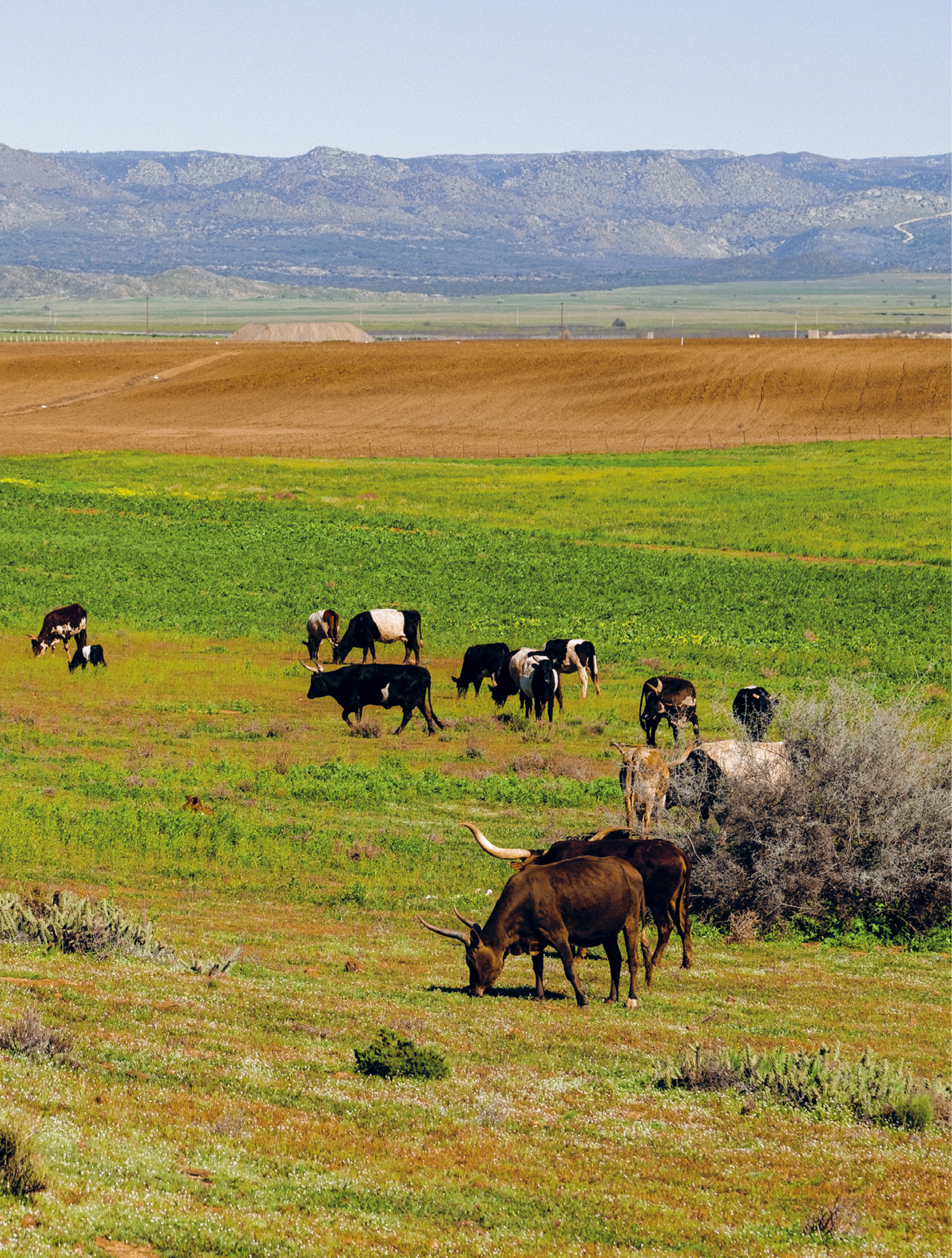Contents
Landmarks
Print Page List
ACKNOWLEDGMENTS
We (David and Jay) would like to acknowledge a deep debt of gratitude to our dear friend Jair Tllez, who, at different times and in different ways, served as a mentor to both of us and who also introduced us to each other many years ago. Jairs contributions to cuisine and culture are myriad, often underpublicized, and always compelling.
Were very appreciative of the extensive time spent with us in service of this book by our colleagues and friends Ezekiel Hernandez of De Garo JaMat, Ismene Venegas of El Pinar de 3 Mujeres, Tito Cortes of Rancho Cortes, and Marcelo Ramonetti of La Cava de Marcelo. Thanks are also due to Eileen and Phil Gregory at La Villa del Valle, Javi Martinez from Boules, Lisa Skerl, Gail DiBerardinis, and Roberto Gallegos for their very active help and support on this project.
The contents of this book reflect the contributions of many cooks, chefs, culinarians, producers, makers, and artists, including some who are named in the main text and many who are not. We could not have put it together without them. These contributors include, but are by no means limited to, Alejandro DAcosta, Hugo DAcosta, Lucas DAcosta, Roberto Alcocer, Benito Altamira, Andres Blanco, Derrik Chinn, Drew Deckman, Angela Ferrer, Pablo Ferrer, Miguel Angel Guerrero, Diego Hernandez, Hector Herrera, Rafael Magaa, David Martinez, Lulu Martinez, Benito Molina, Solange Muris, Rebeca Ojeda, Paolo Paoloni, Pau Pijoan, Javier Plascencia, Rosendo Ramos, Eugenio Romero, Rosi Saldaa, Ryan Steyn, Claudia Turrent, and Tim Yarbrough.
We are very grateful to the entire team at Fauna for their work in support of this book; and also for creating a destination that is full of joy and good food.
The folks at Ten Speed Press made this book possible: Emily Timberlake initiated it; Kelly Snowden shaped it; Dervla Kelly edited it; Emma Campion and Mari Gill designed it; and along with Kaitlin Ketchum introduced us to photographer Oriana Koren; Amy Bauman copyedited it; Enrique Ciapara drew the maps; Jane Chinn served as production manager; and Doug Ogan served as managing editor. Our photography team comprised Oriana, food stylist Jillian Knox, and Yasara Gunawardena. Its a gift to have partnered with all of these folks and surely others who worked on the book without us meeting them.
Thanks, of course, to Maribel, for everything.
Most important, we need to acknowledge the many cooks, farmers, fishermen/fisherwomen, and laborers who we know only by way of the delicious food through which theyve nourished us, for days and months and years, up and down the peninsula, in both Californias, and beyond. Thank you.
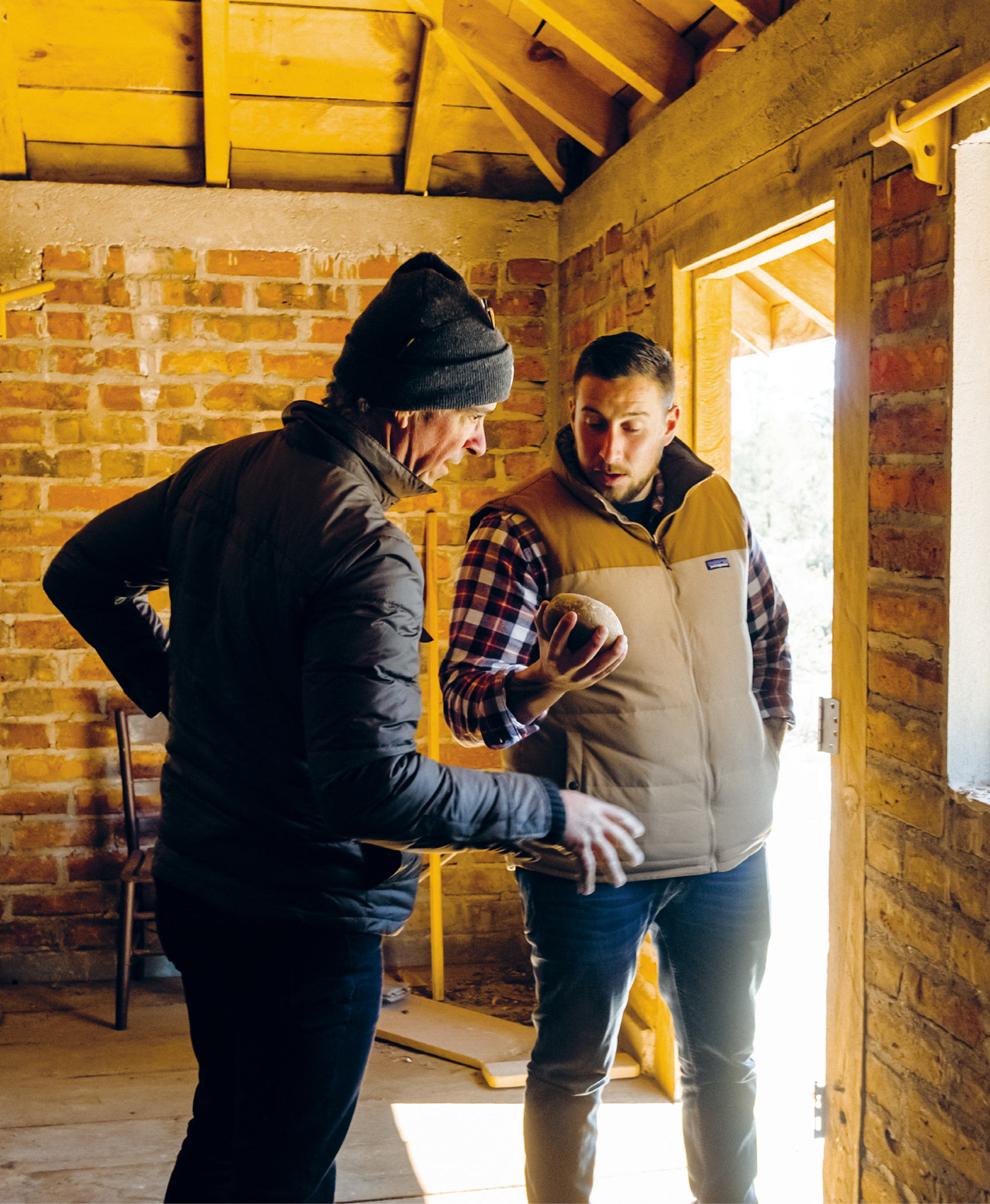
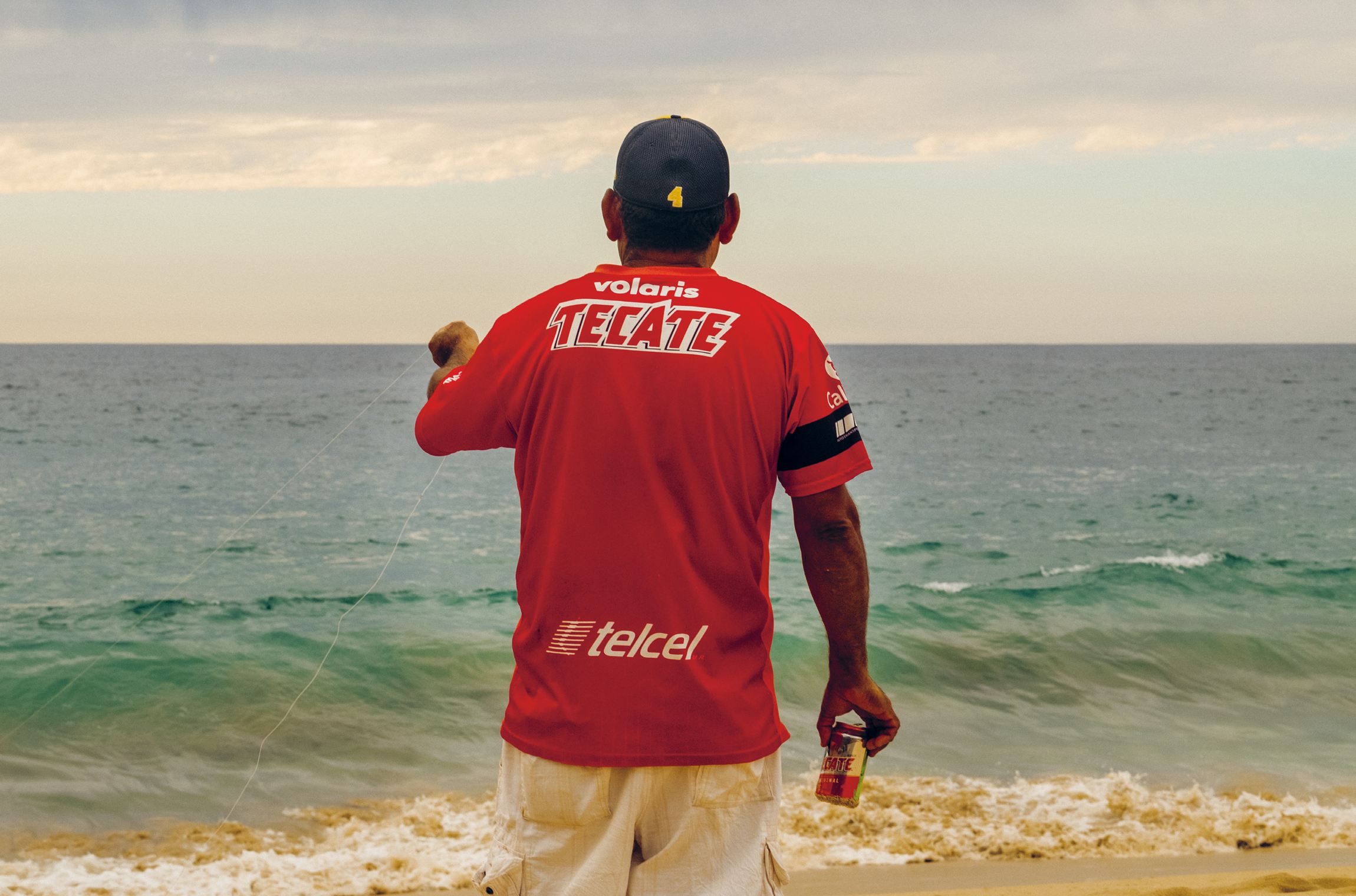
DAVID CASTRO HUSSONG was born into one of Ensenadas oldest families and made his name cooking in New York (Eleven Madison Park and Blue Hill at Stone Barns) and San Francisco (Cala) before returning home to open his own restaurant, Fauna, at the Bruma resort and winery in the Valle de Guadalupe.
JAY PORTER is a writer who took a fifteen-year detour to operate restaurants. His restaurants never won stars from Michelin, but Pulitzer Prizewinning critic Jonathan Gold did say that Jay wrote the best restaurant blog in America. In 2013, his online writings about tipping culture in restaurants went viral, attracting half a million readers in a few months. Previously based in San Diego and Baja California, Jay now calls Oakland, California home.
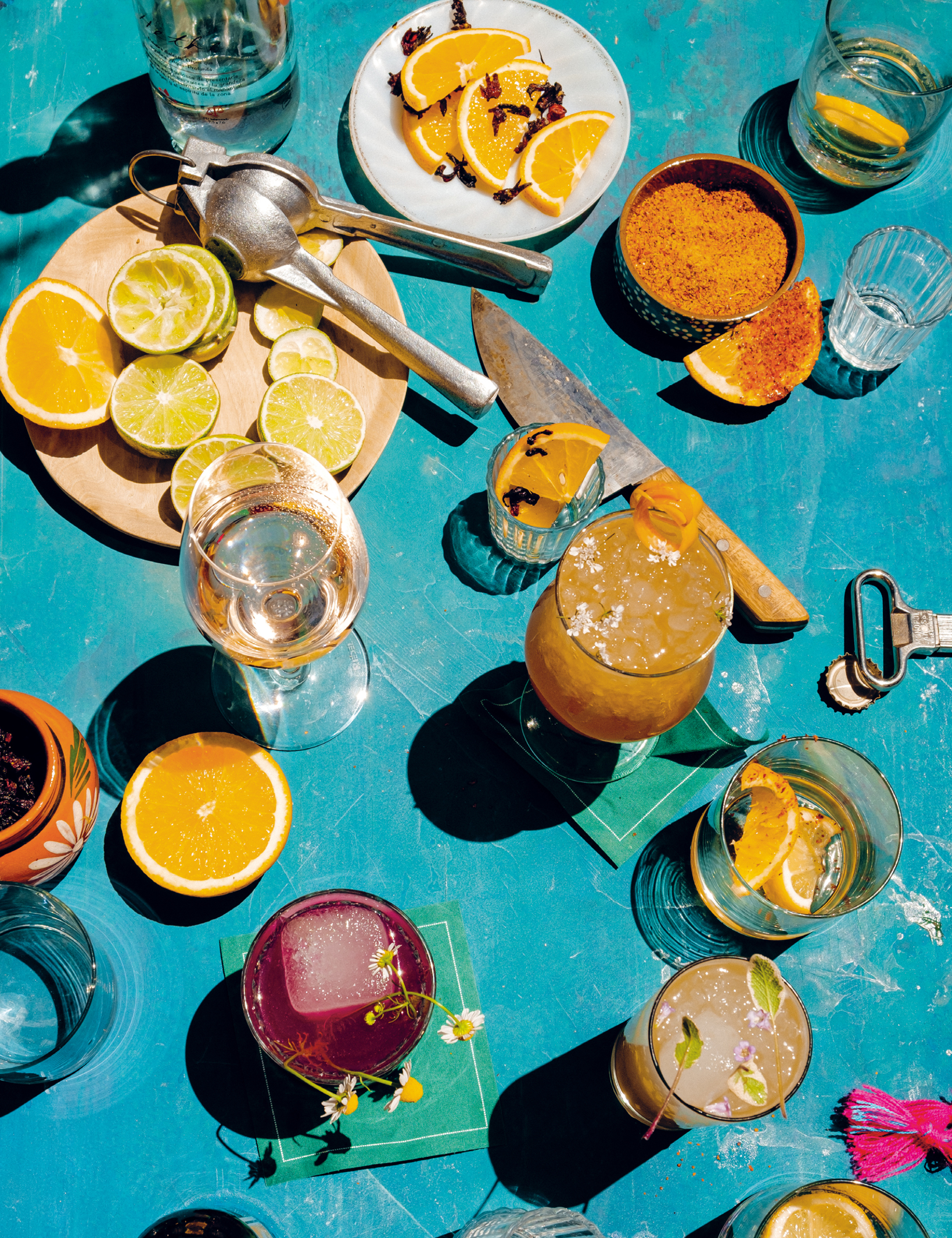
Many of us who grew up in Baja, even fairly recently, have a connection to ranches and farms; for generations, those were at the center of peoples lives here. While the texture of Baja life has changed a lot in the last few decades, the food we eat is still influenced by Spanish-flavored ranch culture.
For almost twenty thousand years, indigenous people had the peninsula to themselves. Then, in the 1600s, colonizers flying the Spanish flag established their first mission in Loreto, on the Sea of Cortez in what now is the state of Baja California Sur. These missionaries, in order to better control Californias land and people, asked Spain to send ranchers to establish farms.
Many of those first Spanish ranchers were from the south of Spain and had Moorish heritage. People say they brought Bedouin hospitality traditions with them, which are still present in Bajas small mountain villages. Its tough to prove this conclusively, but what we can show is that they did bring with them their Mediterranean larder, including olives, wine grapes, dates, cattle, and wheat for flour. These were the original cultivated crops of the California ranch, and they are still being farmed here today.
In the 1970s, my dad not only was a university professor but he also owned a butcher shop outside Ensenada that served the fishermen of the tuna fleet. Hed feed them sandwiches and sell them meat to cook at home. The beef and lamb he sold came from his ranch, and from his neighbors ranches, in the mountains outside town. It was old-school farm-to-table living.
When the fishermen came to shore for the last time each week, theyd buy enough meat for the families to eat all weekend; and then my dad would close the shop and go up to the mountains. Hed always take me with him. If my mom spent the weekend with us, shed mostly be painting she is a well-regarded fine artist. My dad and grandfather would work on the ranch, and I would tag along.
The first order of business was to butcher and cook a lamb so wed have food for the weekend and, if any of us were staying over, for the following week.
In the summer, wed cook the lamb as barbacoaoutside, slow over a fire. Barbacoa is where the word barbecue comes from; it was a tradition throughout the Americas before any Europeans arrived here. Nowadays, barbacoa is often associated with mainland Mexico, but its been a thing in greater California for hundreds of years. On the coast above Santa Barbara, in the Santa Maria Valley, its still common to slow-cook beef that way; they call it Santa Maria Barbecue. Its a great method for cooking any large cut or whole animal, as long as you have the space and the weather is good enough for people to be outside.
When the weather was less favorableit snows in the Sierra de Juarez in the winterwed cook the lamb inside, in a pot on the stove. This was simple cooking. The lambs were raised very well, so we didnt need to flavor them at all; we just gave them a little salt, pepper, onion, and maybe garlic.
Once the lamb was cooked and pulled, we would eat it for daysas burritos, on tacos or sopes, or just on a plate with some beans.

